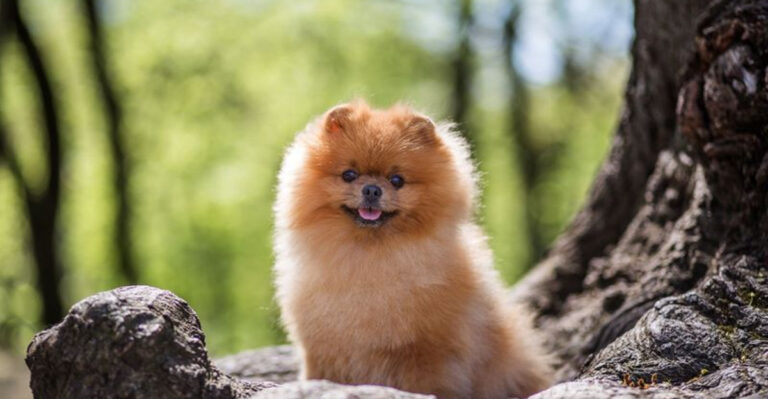12 Official State Horse Breeds In The U.S. And The Stories Behind Them
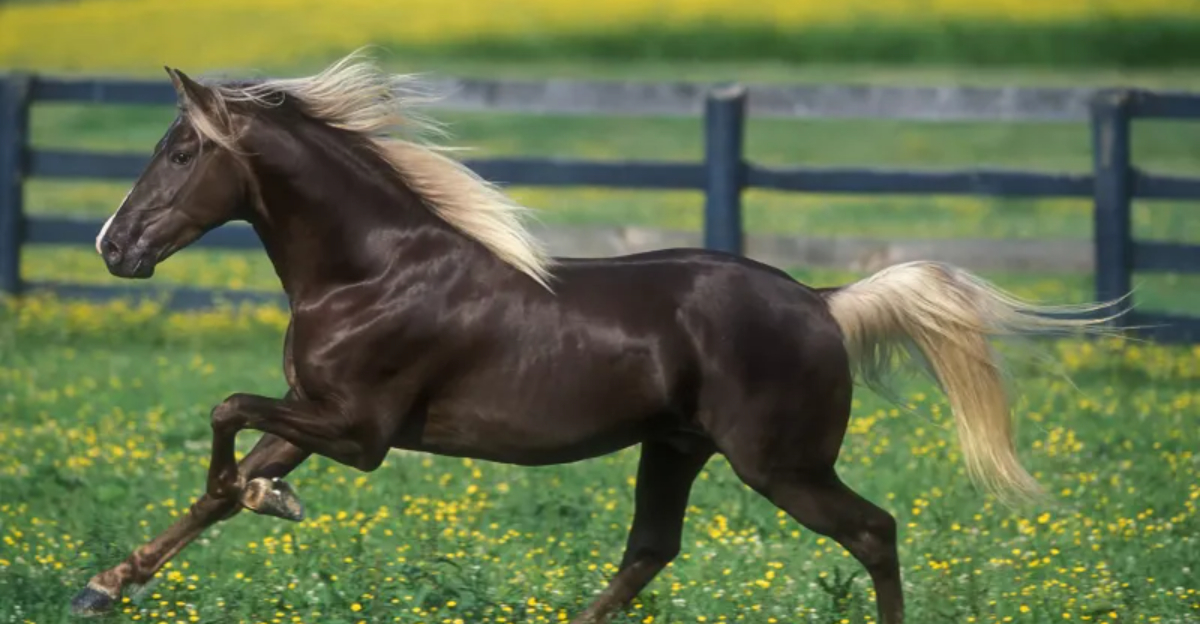
Across America, horses have galloped their way into our history, culture, and even state legislation. Several states have officially designated specific horse breeds as symbols of their heritage and values.
These magnificent creatures represent more than just animal companions – they embody the spirit, work ethic, and unique character of the states they represent.
1. American Quarter Horse (Texas)
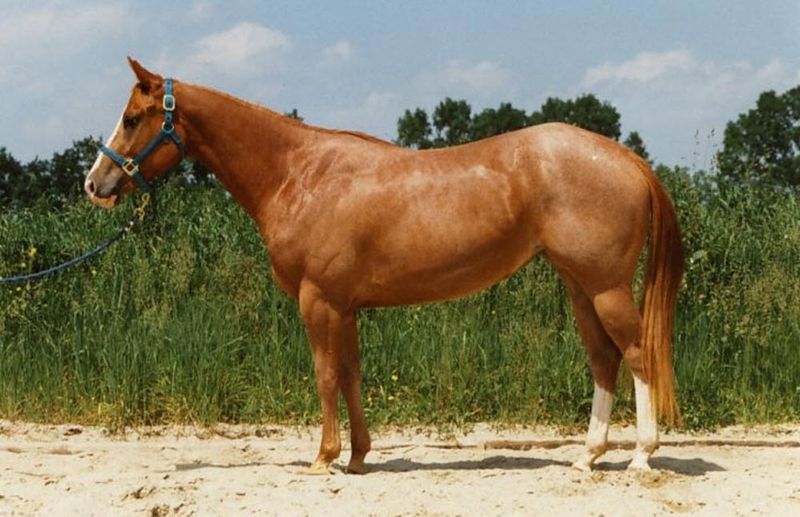
Born for speed on the quarter-mile track, this Texas icon earned official state horse status in 2009. Ranch hands prize these muscular equines for their cow sense and lightning-fast acceleration.
Originally bred by crossing colonial horses with Thoroughbreds, Quarter Horses now dominate rodeos, western pleasure riding, and racing. Their calm temperament makes them perfect partners on Texas ranches.
2. Standardbred (Delaware)
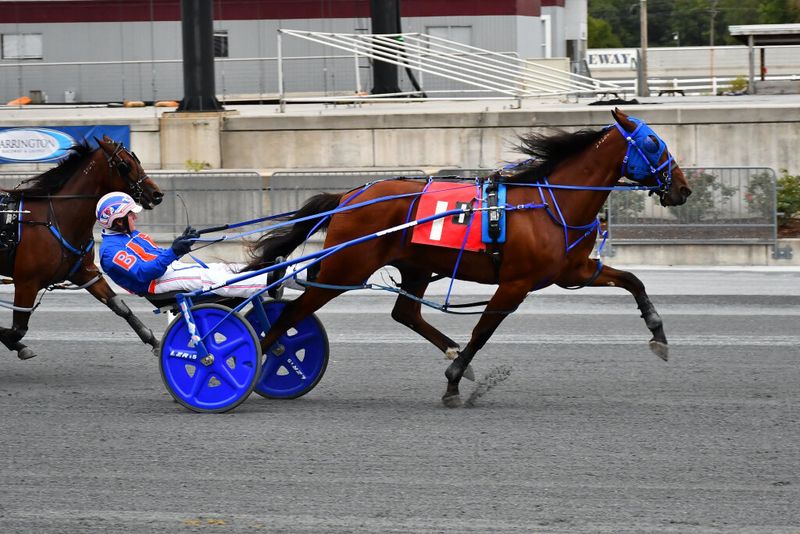
Stamina champions of the harness racing world, Standardbreds became Delaware’s state horse in 2022. These powerful athletes descend from a single founding sire – Hambletonian 10 – born in 1849.
Famous for their distinctive trotting and pacing gaits, these horses pull light sulkies around oval tracks. Delaware’s harness racing tradition stretches back to colonial times when farmers raced horses along country roads.
3. Tennessee Walking Horse (Tennessee)
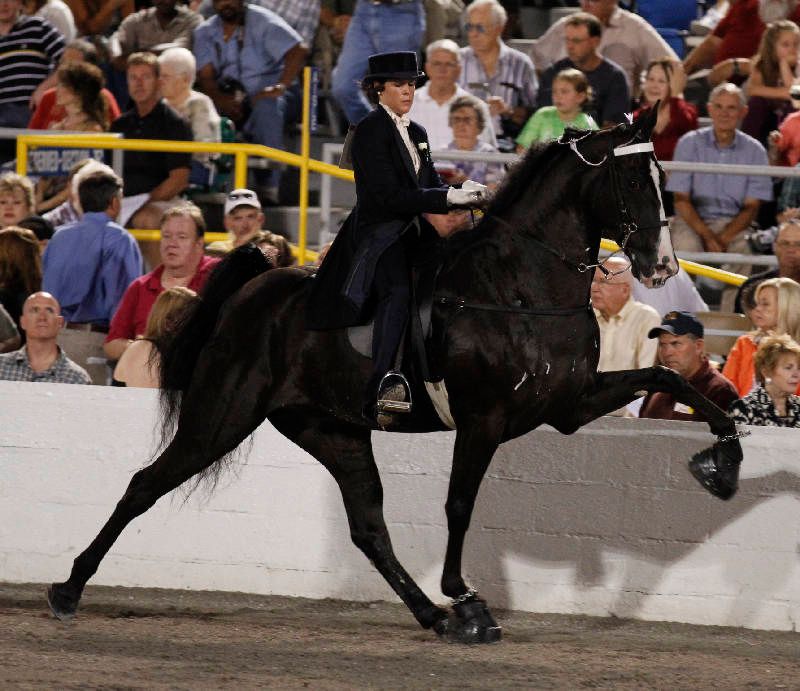
Aristocrats of southern equines, Tennessee Walkers showcase their signature “running walk” – a smooth, gliding gait that feels like floating. Plantation owners developed these horses for comfort during long inspections of their lands.
Recognized as Tennessee’s state horse in 2000, these gentle giants stand 14.3-17 hands tall. Their nodding head motion and four-beat gait make them unmistakable in show rings across the South.
4. American Saddlebred (Kentucky)
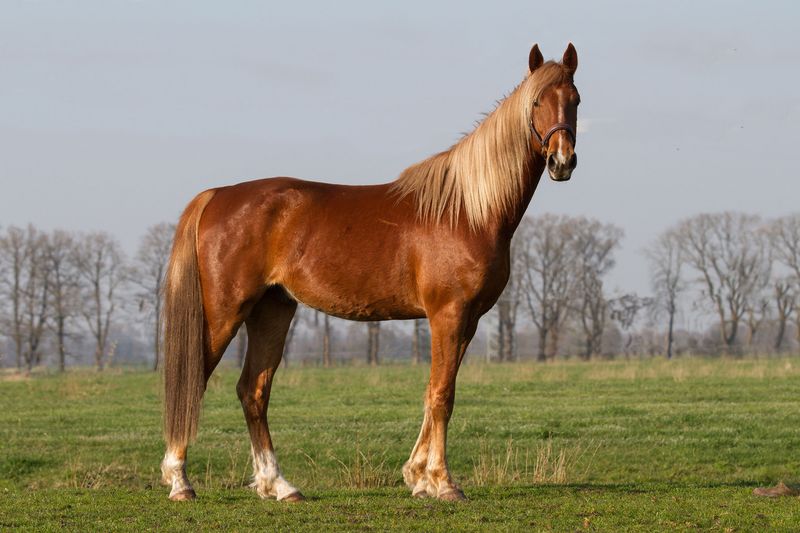
Nicknamed “peacocks of the show ring,” American Saddlebreds carry themselves with ballet-like grace. Kentucky claimed these high-stepping beauties as an official state horse in 1986.
Their arched necks and animated gaits trace back to Thoroughbred and Narragansett Pacer crosses. Civil War generals favored these horses for their smooth ride and striking appearance. Today, they shine in five-gaited competitions wearing flashy tack.
5. Rocky Mountain Horse (Kentucky)
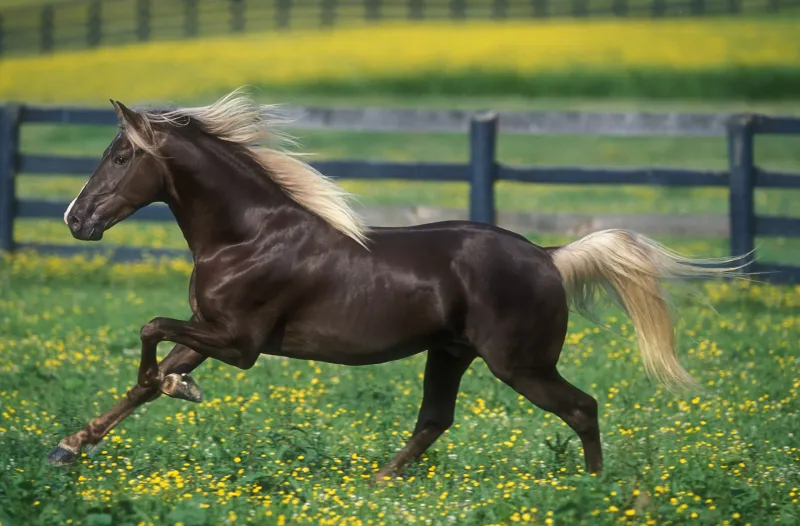
Chocolate-colored with flaxen manes, Rocky Mountain Horses share Kentucky’s state horse spotlight. These mountain-bred beauties perform an effortless four-beat gait that conquered Appalachian terrain.
A single foundation stallion, Old Tobe, shaped the breed in the early 1900s. Farmers valued these horses for plowing fields, hauling goods, and providing comfortable transportation. Their trademark metallic coat often shimmers in sunlight.
6. Missouri Fox Trotter (Missouri)
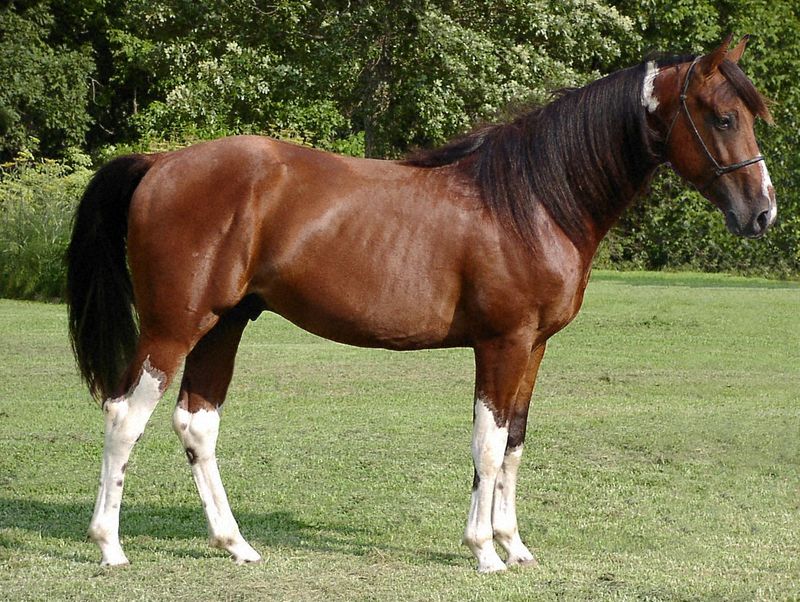
Settlers crossing the Ozarks needed sure-footed mounts – enter the Missouri Fox Trotter with its unique diagonal gait. Named Missouri’s state horse in 2002, these trail masters deliver comfort over rugged terrain.
Their signature fox trot keeps one foot on the ground at all times, preventing jarring motion. Early Missourians bred these horses by mixing gaited stock with Morgan, Arabian, and Tennessee Walker bloodlines. Forest rangers still prefer them for wilderness patrols.
7. Appaloosa (Idaho)

Spotted coats tell stories of the Nez Perce tribe’s selective breeding genius. Idaho honored the Appaloosa as its state horse in 1975, recognizing the breed’s deep connection to native heritage. These horses feature mottled skin, striped hooves, and visible white sclera around their eyes.
The Nez Perce nearly lost their prized horses during 1877 conflicts with the U.S. Army. Dedicated breeders later revived the distinctive spotted patterns that now symbolize Idaho’s equine heritage.
8. Arabian Horse (Texas)
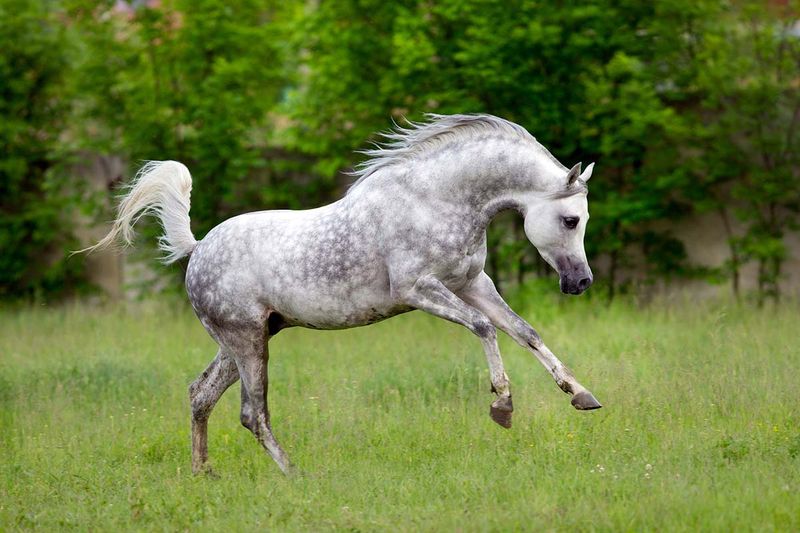
Ancient desert warriors ride again in Texas, where Arabian horses share state horse designation. These elegant creatures arrived with Spanish explorers and transformed American horse breeding forever.
Recognizable by their dished faces and high-carried tails, Arabians possess remarkable endurance. Bedouin tribes treasured these horses for their loyalty and ability to survive harsh conditions. Texas ranchers incorporate Arabian bloodlines to add refinement and stamina to working stock.
9. American Paint Horse (Texas)

Canvas-like coats splashed with white make American Paint Horses living artwork. Texas claims this third breed as an official state horse, celebrating its Western heritage and eye-catching appearance.
Developed from spotted horses that Spanish conquistadors brought to America, Paints combine Quarter Horse muscle with distinctive pinto patterns. Native Americans prized these colorful mounts for both practical use and spiritual significance. Modern Paints excel in rodeo events and pleasure riding.
10. Clydesdale (Missouri)
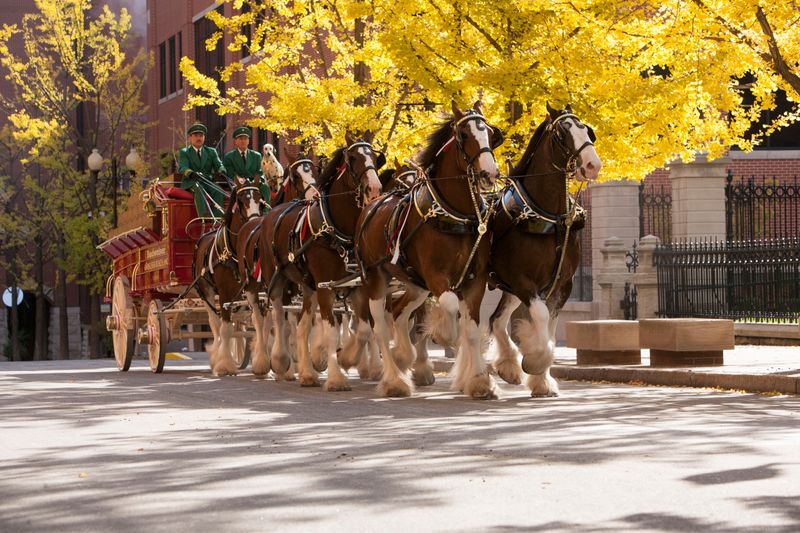
Gentle giants with feathered feet, Clydesdales share Missouri’s state horse honor. These massive draft horses originated in Scotland’s Clyde Valley but found fame through St. Louis-based Anheuser-Busch’s iconic hitch teams.
Standing over 18 hands tall and weighing nearly a ton, Clydesdales once powered America’s farms and breweries. Their characteristic white feathering cascades over massive hooves. Missouri recognized these horses in 2011, celebrating their connection to the state’s brewing heritage.
11. North Carolina Horse (North Carolina)
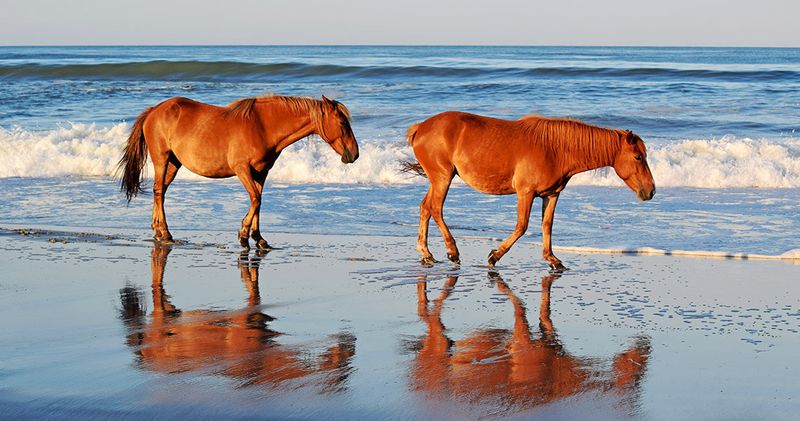
Colonial Spanish mustangs roaming North Carolina’s Outer Banks became the state’s official horse in 2010. These wild beauties descended from shipwrecked Spanish horses that swam ashore centuries ago. Surviving harsh coastal conditions shaped these compact, hardy horses.
Standing around 14 hands tall, they possess remarkable endurance and intelligence. Preservation efforts protect the remaining herds, which represent living history of America’s earliest European exploration.
12. Wyoming Horse (Wyoming)
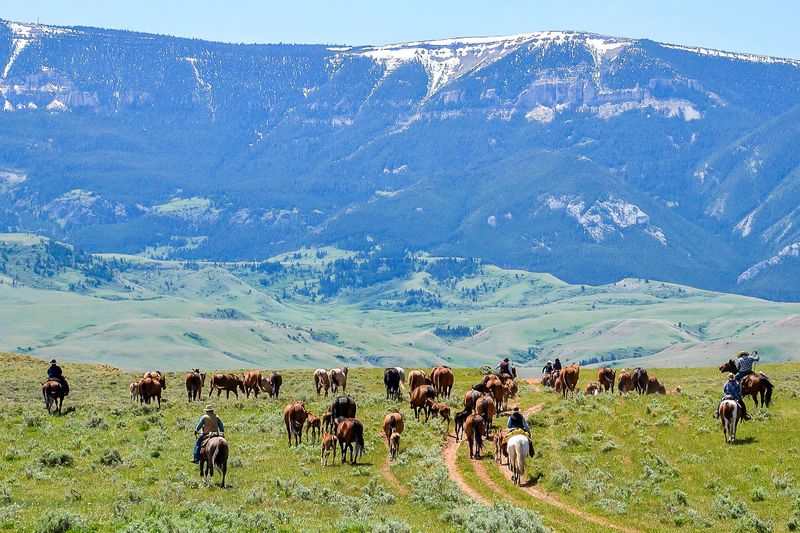
Cowboy culture gallops to life through Wyoming’s state horse – a versatile working partner rather than a specific breed. The state honors all horses that shaped its ranching heritage. From mustangs roaming free to quarter horses working cattle, Wyoming’s equine legacy spans centuries.
Native tribes first tamed wild horses, followed by pioneers who relied on these animals to settle the frontier. Today, Wyoming celebrates this collective horse heritage through rodeos and working ranches.


